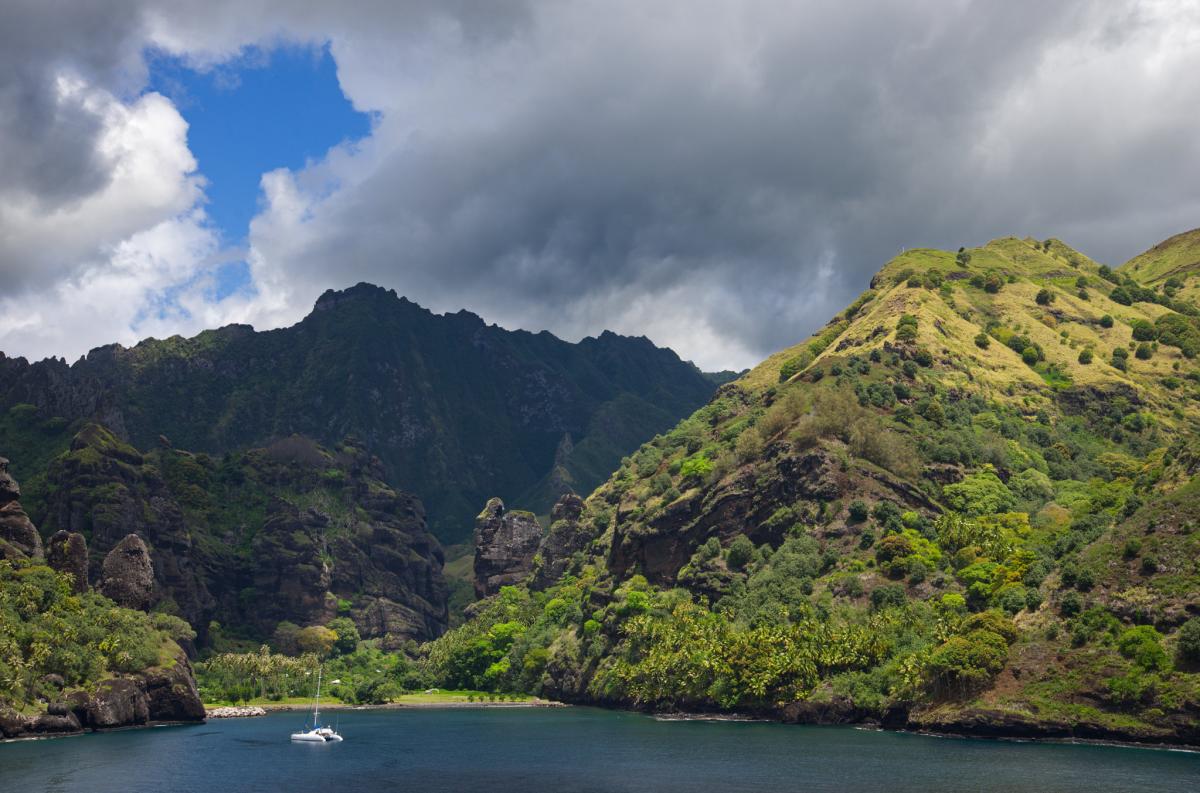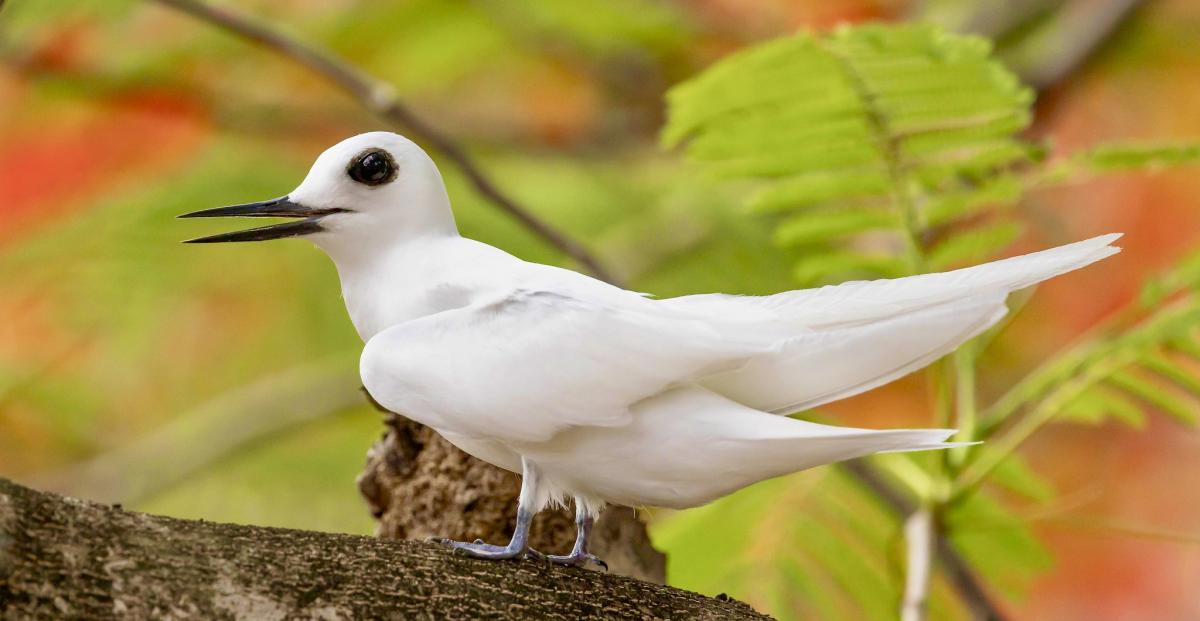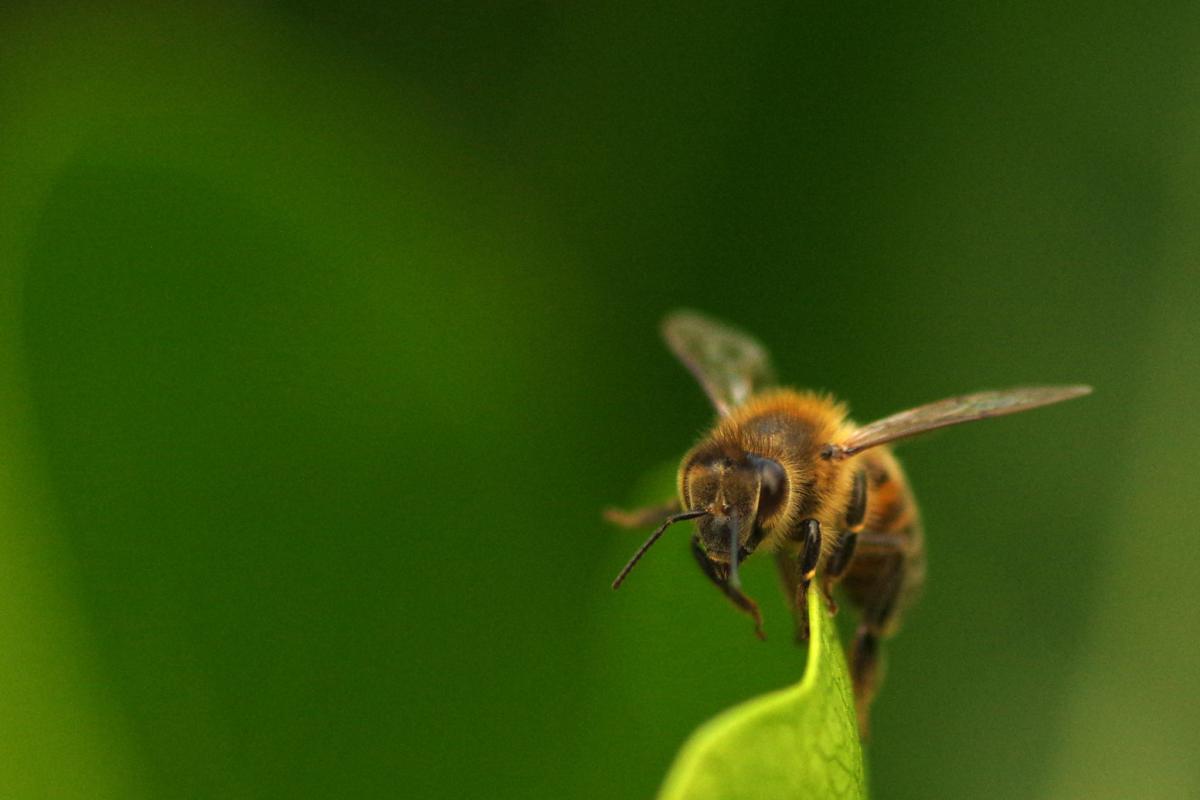TX9W Team will be active from Marquesas Islands, IOTA OC - 027, 19 - 30 April 2026.
Team members of the Oklahoma DX Association, K5WE, W5CCP, N5TEA, K4VBM, WD5COV, F6BCW.
Recent DX Spots TX9W
TX9W Log search They will operate on 160 - 6m, CW, SSB, FT4, FT8, RTTY.
Planned freqs:
CW - 7007, 10107, 14007, 18077, 21007, 24903 and 28007 KHz
SSB - 14170, 18130, 21270, 24945 and 28485 KHz
FT8 - 1835, 3563, 5357, 7056, 10144, 14091, 18091, 21091, 24920,
28091 and 50313 KHz
FT4 - 7051, 10144, 14091, 18091, 21091, 24920 and 28091 KHz
RTTY - 7051, 10135, 14088, 18091, 21088, 24910 and 28088 KHz.
QSL via K5WE, ClubLog OQRS, LOTW.
QTH Locator - CI00le.
The Marquesas Islands: the tropics with a French accent
The Marquesas Islands are located in the central part of the vast Pacific Ocean and belong to French Polynesia. Their total population is almost 9,000 people, inhabiting an area of 1,274 km2. This archipelago is a remote place on the planet, sought after by those who dream of getting away from civilization. But the tourism industry is already developing this exotic location.
 Marquesas Islands. Author - Philippe Reichert.
Marquesas Islands. Author - Philippe Reichert.
Who discovered and who owns the Marquesas Islands
The first people to settle in the Marquesas Islands, at the dawn of our era, were Polynesians who arrived here from the islands of Samoa or Tonga. In the summer of 1595, the Spanish pioneer and navigator Álvaro de Mendaña de Neira reached the islands of the archipelago. He gave them their name, immortalizing the name of his patron, García Hurtado de Mendoza, the marquis who was then viceroy of Peru.
The natives also use another name given to these places by their ancestors, which translates as “Land of Men.”
In 1791, American merchant Joseph Ingram also visited the northern islands and even named them Washington Islands, which later led to the United States claiming the Marquesas archipelago as its property. The dispute was resolved by military action, as a result of which control over the archipelago remained with France, and from 1870 to the present day, they have remained part of French Polynesia.
The encounter between the Pacific islands and European civilization led to a decline in population—the colonizers brought diseases that were unfamiliar to the local inhabitants due to their isolation. The Marquesas Islands were no exception; in fact, it was here that the population declined the most. One of the main reasons for this was smallpox. Before the arrival of European sailors on the islands, there were over 100,000 indigenous people here, but by the 19th century, only 20,000 remained, and at the beginning of the 20th century, the indigenous population barely exceeded 2,000 people. In the following century, the number of indigenous inhabitants recovered to 8,712, which is approximately the same number of Polynesians who inhabit the archipelago today. Periodically, the question of declaring sovereignty arises in the archipelago, but only as part of the French Republic.

Marquesas Islands. Author - Harold Moses.
Composition of the archipelago
There are 14 islands in the Marquesas archipelago. They form two groups. The northern group consists of islands clustered near Nuku Hiva, which stands out for its size, while the southern group is located near Hiva Oa.
The northern group includes:
• Eiaoa;
• Hatutu;
• Motu Iti;
• Motu Oa;
• Motu One;
• Nuku Hiva;
• Ua Huka;
• Ua Pou.
The southern group includes:
• Fatu Hiva;
• Fatu Huku;
• Hiva Oa;
• Mohotani;
• Motu Nao;
• Tahuata;
• Terihi.
All the islands of the archipelago are of volcanic origin, with the exception of Motu Ona in the northern group, which is a sandbar built on a coral reef.
Climate features
It would seem that proximity to the equator guarantees a hot climate with high humidity, but the Marquesas Islands can even be called arid, with problems due to water shortages. Part of the reason for this lies in the islands' considerable distance from the moisture-bearing easterly winds. The average annual temperature of +22°C indicates a warm and comfortable climate, which contributes to the development of tourism.

Marquesas Islands. Author - Luis Mata.
Fauna and flora of the islands
Contact with Europeans proved fatal for the ecosystem of the Marquesas Islands. It was practically destroyed by the cattle brought here. The current authorities of the islands are doing a lot to preserve what remains of the former diversity of animal and bird species. Nature conservation on the islands began with the creation of the Marquesas Nature Reserve in 1992.
Islands isolated from the mainland by the ocean often have more than one endemic species of animal or bird that cannot be found elsewhere. There are not many of these on the Marquesas Islands, but there are still endemic species, including nearly two dozen unique species of seabirds, such as the blue-footed booby, the brown booby, and the white tern.
The coastal waters of the archipelago are home to various species of sharks, some of which are very rare and threatened with extinction.
What the natives do
The archipelago is inhabited by Marquesans (Polynesians), Chinese, and French people, both local and from the mainland. The population is mainly engaged in agriculture - growing coconuts, bananas, cotton, vanilla, coffee, as well as breeding pigs, poultry, and cattle.
Some of the inhabitants are engaged in the industrial processing of agricultural products. In addition, the islanders fish and engage in traditional crafts, making products from wood and shells, as well as pearl jewelry. Tourism and trade are also developing.
The Marquesas Islands are winning hearts
There are not many tourists on the islands yet, but this is part of the archipelago's special charm. Travelers here will find a warm welcome from the locals, beautiful nature, and a variety of fruits. The attractions are mainly natural—unique views, underwater mountains and caves, coral reefs at a considerable height above the ocean, and rocks covered with a pattern of flowers that becomes especially bright when wet. Stone idols, common since pagan times, remain.
There are virtually no colonial-style architectural monuments on the islands. But the charm of these places has always attracted not only ordinary travelers but also celebrities.
For example, the brilliant French artist and follower of the Impressionists, Paul Gauguin, lived on the island of Hiva Oa. He settled here in 1901 because of his love of the exotic and his desire to get away from what he considered to be a deeply sick European civilization. The artist died here and found his final resting place. in the Calvary cemetery next to the great Gauguin.
For our contemporaries, this archipelago was discovered by the Norwegian traveler Thor Heyerdahl, who wrote a book praising the beauty of the island. It was published in 1974 under the title “Fatu Hiva: Return to Nature.”

